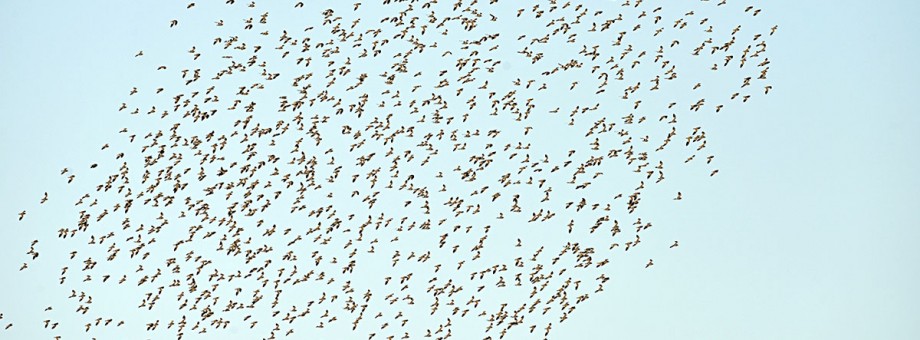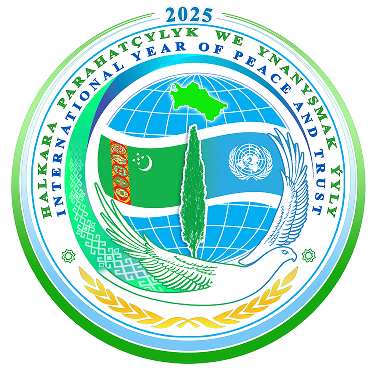The object of ornithological monitoring - black-sided lapwing Maysa stays in Turkmenistan

In the autumn, in the reservoirs of the Karakum River, in the tugai thickets along the banks of rivers, near the reservoirs of the Turkmen Lake, in the shallow bays of the Caspian Sea and on other feeding grounds, you can see feathered travelers who live and breed in the northern countries, and spend the winter in the southern edges. Most of them go further, and some remain until spring. By now, the seasonal migration of birds, which lasted from August to November, has been completed. Cranes settled on their “camps” in the natural boundary of Durnaly along the Tedzhen and Talllymerdzhen rivers on the right bank of the Amu Darya. Turkmen environmentalists stated their arrival. In the west of the country, the first cold air front forced flocks of water birds to move south to the Esenguly etrap, where one of the sites of the Khazar State Reserve is located. The environmentalists will monitor the condition of wintering birds.
Environmental protection specialists provide conditions for rest during the passage and wintering of rare and “red book” species, and all activities comply with the provisions of various regional and international agreements and conventions to which Turkmenistan has joined. One of such rare species is the steppe sandpiper of the krechak family of plovers, endemic to Russia and Kazakhstan, included in the Red List of the International Union for Conservation of Nature, Central Asian countries, including Turkmenistan. A third of the world population of this species flies through eastern Turkmenistan every spring, and stops in the steppes on the border with Uzbekistan in the Tallymergen tract (Lebap province) in the fall. The international RSPB team has conducted seasonal observations of this species on the territory of the two countries for several years.
This fall, scientists were able to photograph a black-sided lapwing named Mays, which is being monitored by satellite. Joint ornithological monitoring continued until the departure of black-sided lapwing to the south. The head of the project “Improving the Protective Status of Birds and All Biodiversity of Turkmenistan”, implemented under the agreement between the State Committee of Turkmenistan for Environmental Protection and Land Resources and the British Royal Society for the Protection of Birds, says Dr. Eldar RUSTAMOV
- One of the habitats of this species is located in Central Kazakhstan, where, during nesting, some individuals are supplied with light satellite tracking transmitters. Thus, it is possible to follow the movement of the whole group, after all, the bird is a flocking bird. It is also possible find quickly location of birds, keep counting and observations.
The black-sided lapwing in Tallymergen stay for four to six weeks for rest and feeding, before continuing the journey to a permanent wintering place in Pakistan. Along the way, they overcome one of the highest mountain systems in Asia - the Hindu Kush. This fall, an observation was carried out on the black-sided lapwing Maysa, a radio transmitter on which, installed in June 2015, made it possible to fix the date of arrival of birds - September 21.
According to the participants of the field research, to which Peter Yankov, an ornithologist from Bulgaria, has joined for several years in a row, currently a team of international and national experts is preparing a report, which will justify the need to give the relevant ornithological territory “Talllymergen” appropriate environmental status.


 NEWS
NEWS